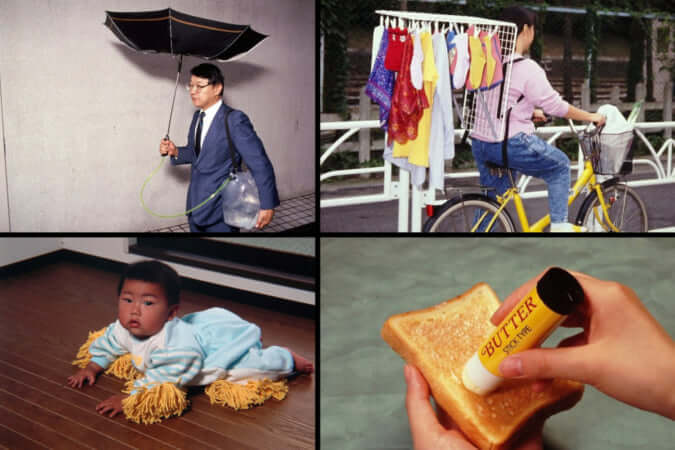Following in the Footsteps of Samurai on the Nakasendo Trail
At 534 kilometres long, this ancient historic route linking Tokyo and Kyoto can still be followed in certain places.
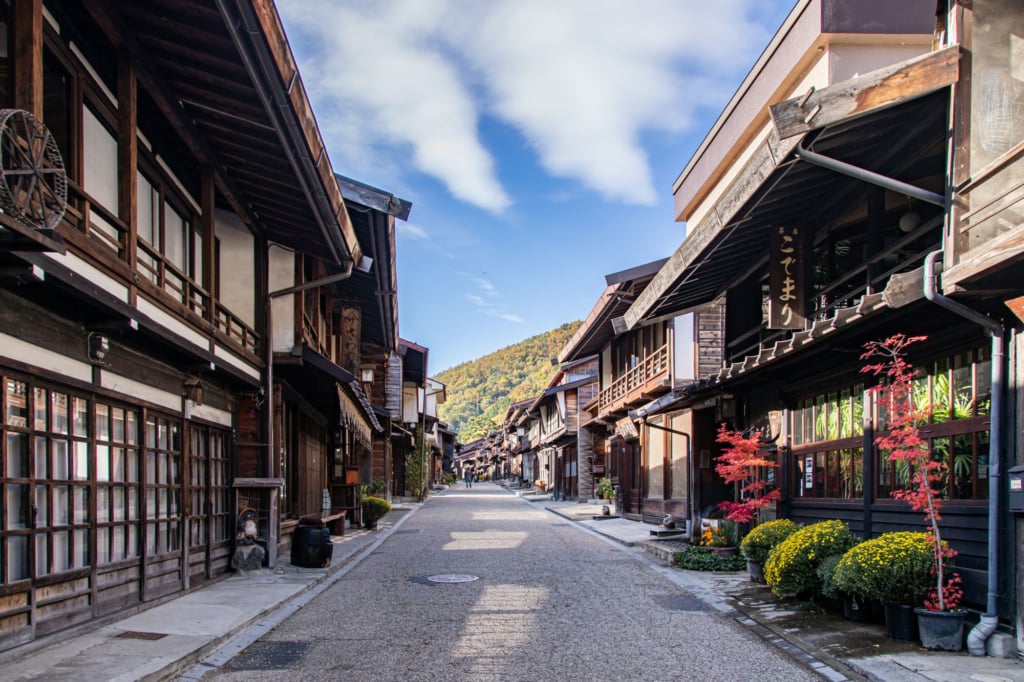
Narai-juku © JNTO
The Nakasendo trail, also known as Kisokaido, is a route once travelled by feudal governors, salesmen, artisans, and samurai that connected Tokyo and Kyoto during the Tokugawa period (1603-1867). Some stretches of the trail, which forms part of the Five Highways to Edo (now Tokyo), have remained extremely picturesque.
A route that supported customs and traditions
One of the most beautiful stretches, the Kiso valley, gives the impression of reliving these forgotten moments in time while discovering the Japanese countryside. In each valley there are a number of stop-off points, juku, where travellers and their horses would once take a break before continuing on their voyage. Today, 69 of these remain and are exceptionally well preserved.
Hiking also offers the opportunity to learn more about traditions and those who would have once taken this route, such as newlyweds travelling to Edo for the ceremony. One of them, Kazunomiya, the youngest sister to the emperor (and great-great-aunt to the current emperor) was sent to Edo in 1861. Aged 16, she was due to marry the fourteenth Shogun. According to legend, tens of thousands of people accompanied her on the great voyage.
More information on the Nakasendo trail can be found on the Japanese National Tourism Organisation’s website.
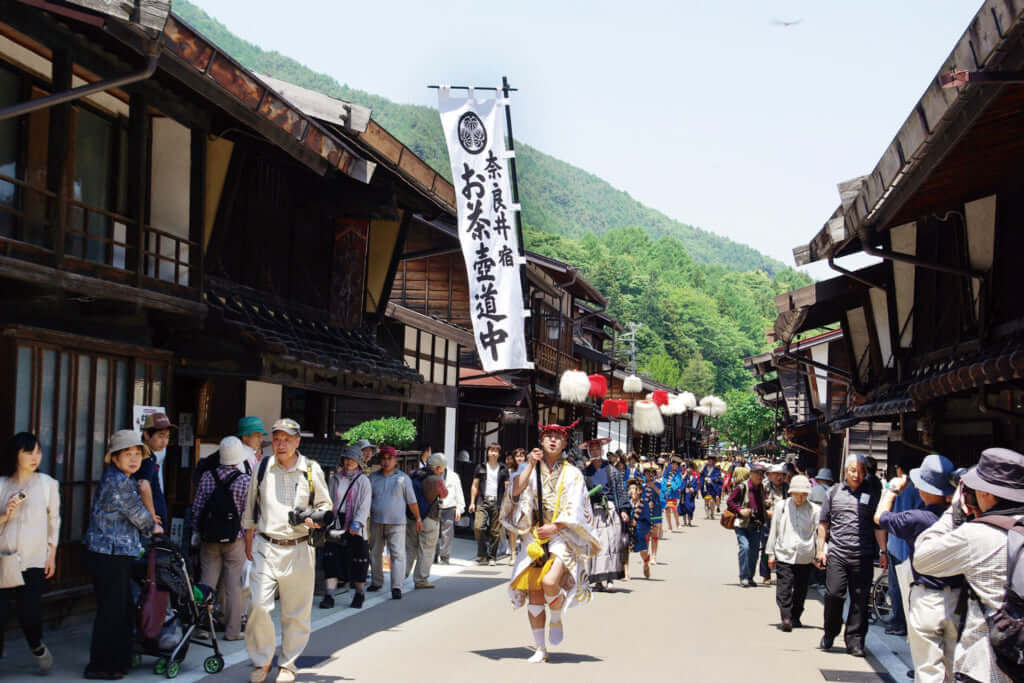
© Narai-juku Tourist Association
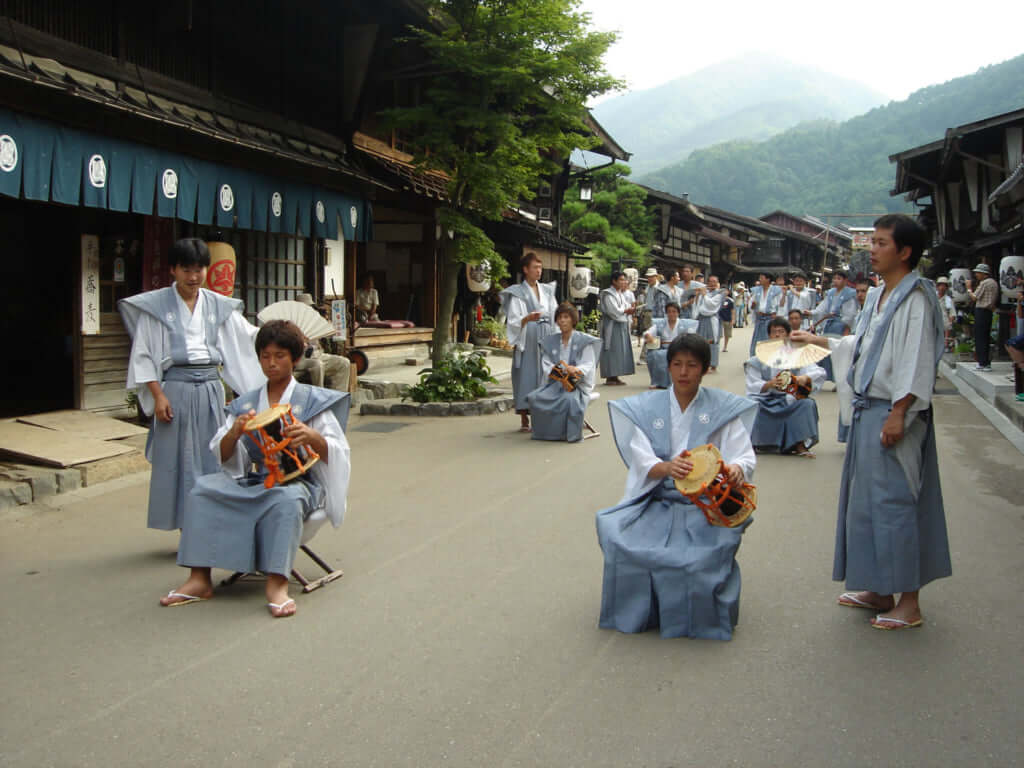
© Narai-juku Tourist Association
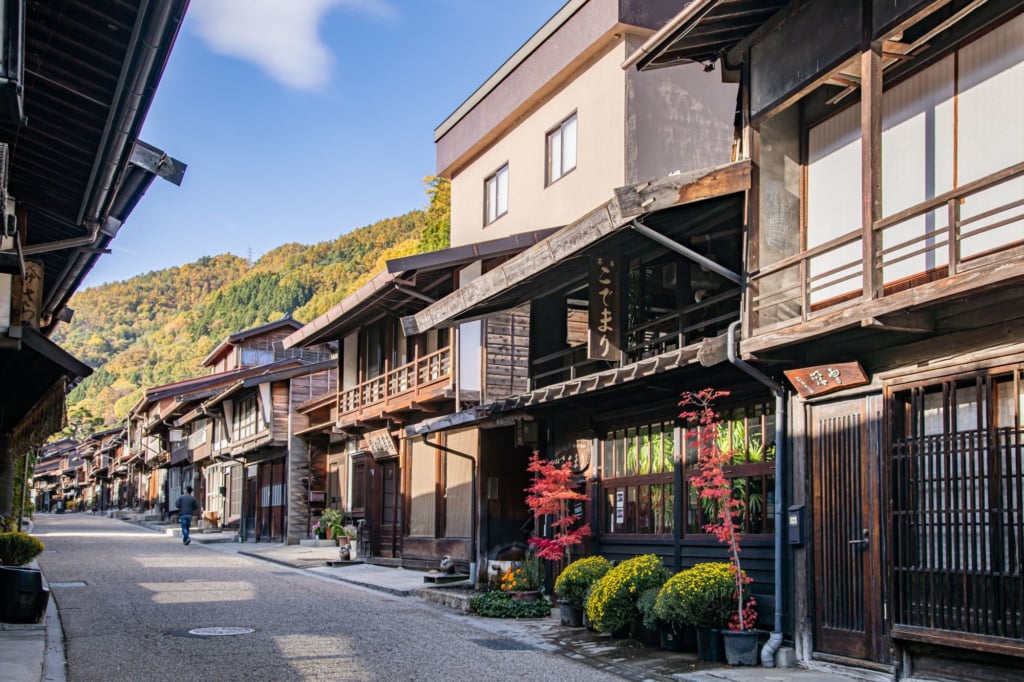
Narai-juku © JNTO
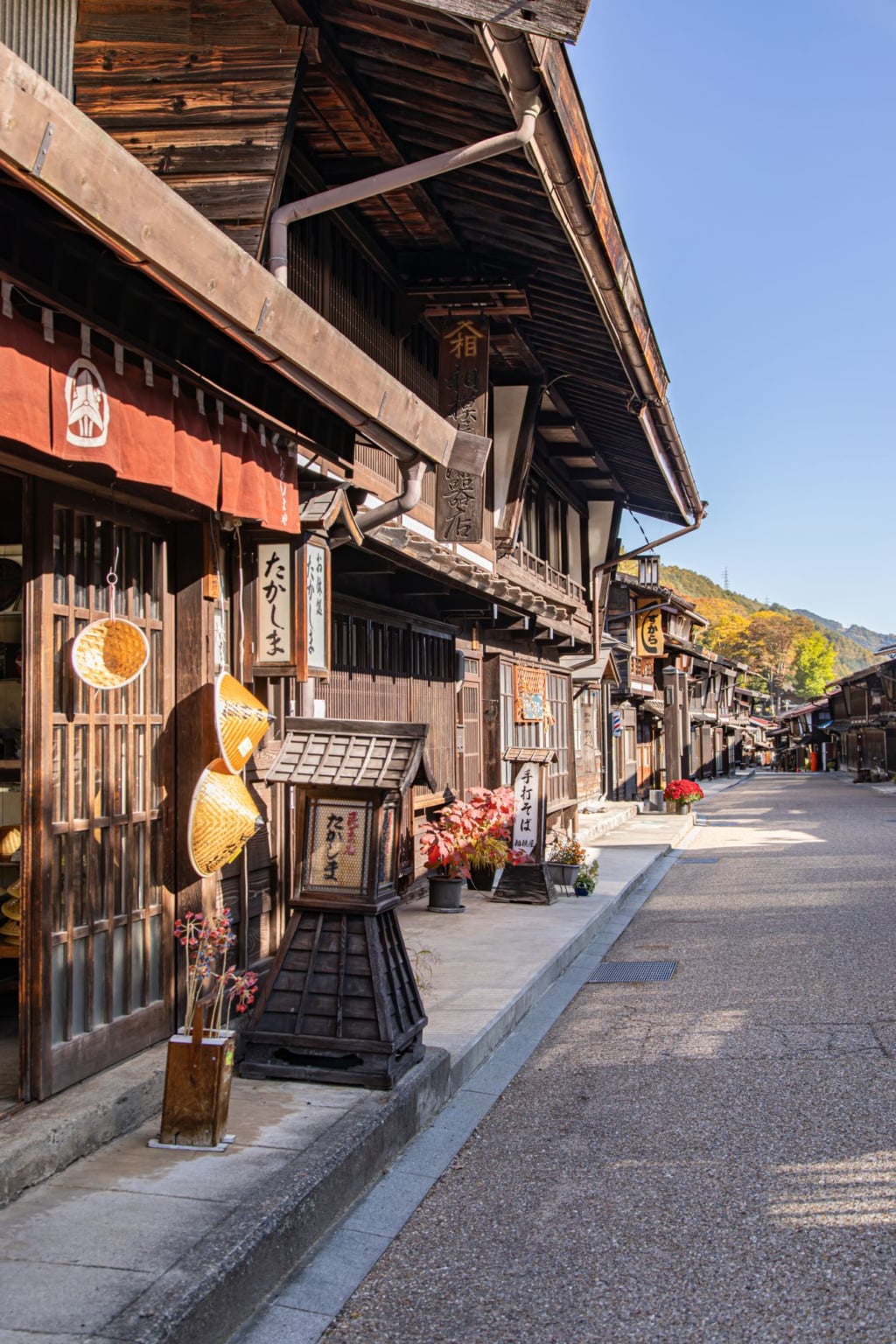
Narai-juku © JNTO
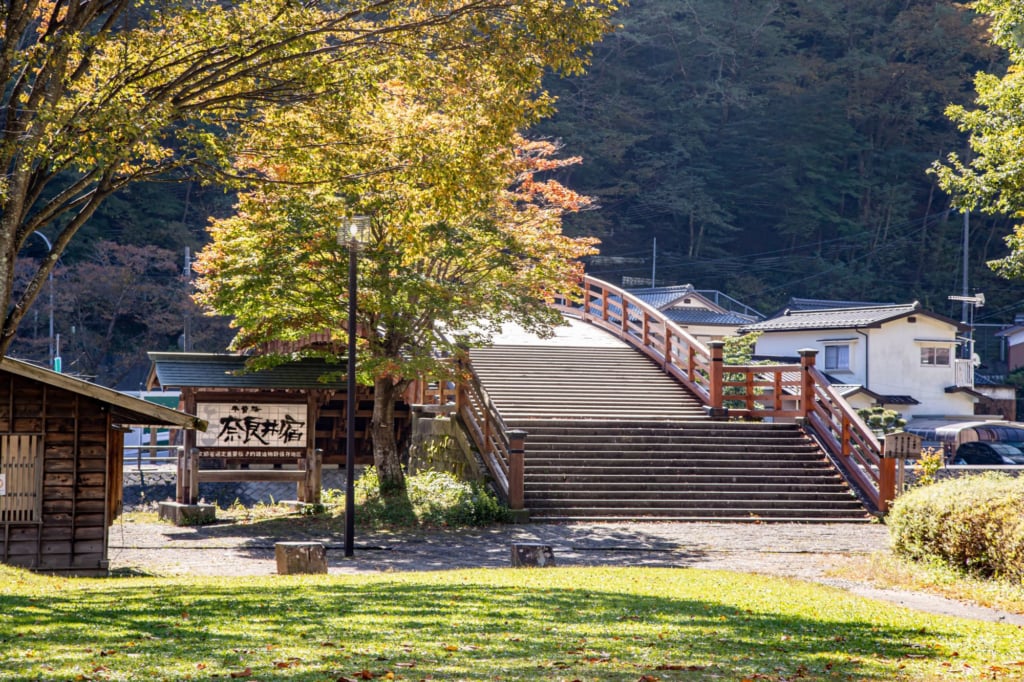
Narai-juku © JNTO

Narai-juku © JNTO
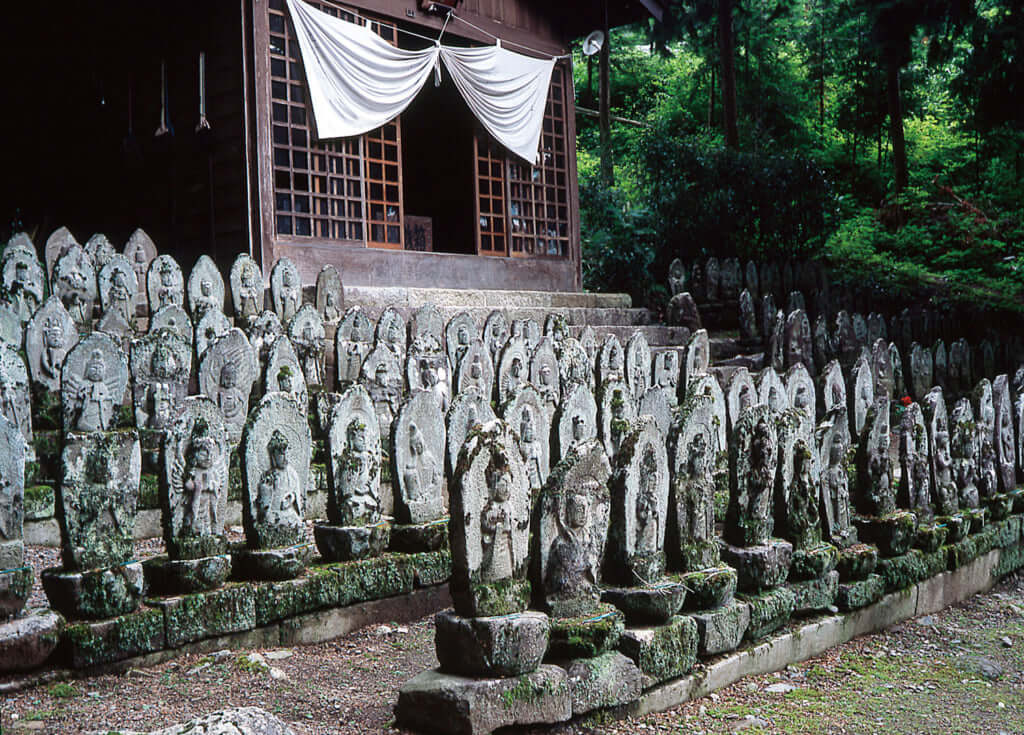
© Narai-juku Tourist Association
TRENDING
-
The Tattoos that Marked the Criminals of the Edo Period
Traditional tattoos were strong signifiers; murderers had head tattoos, while theft might result in an arm tattoo.

-
Gashadokuro, the Legend of the Starving Skeleton
This mythical creature, with a thirst for blood and revenge, has been a fearsome presence in Japanese popular culture for centuries.

-
‘Chindogu’, the Genius of Unusable Objects
Ingenious but impractical inventions: this was all that was required for the concept to achieve a resounding success.

-
Tokihiro Sato, Shedding Light on an Invisible Presence
Photographers are generally behind the camera, but 'Photo Respiration' represents the artist's ephemeral appearance.

-
Recipe for Ichiraku Ramen from ‘Naruto’ by Danielle Baghernejad
Taken from the popular manga with the character of the same name who loves ramen, this dish is named after the hero's favourite restaurant.



